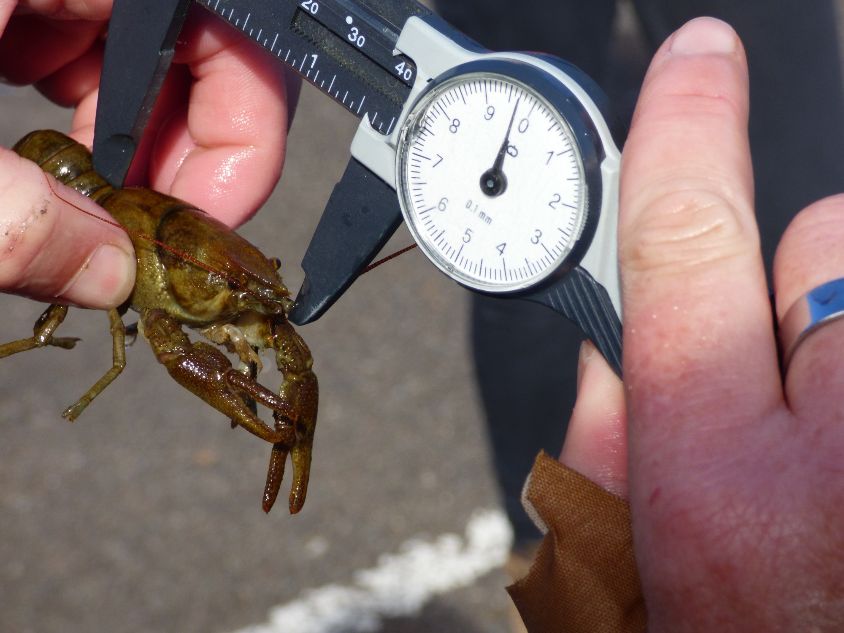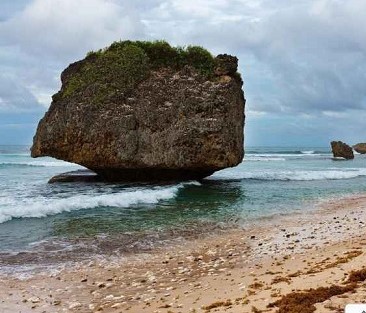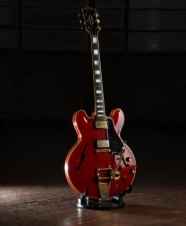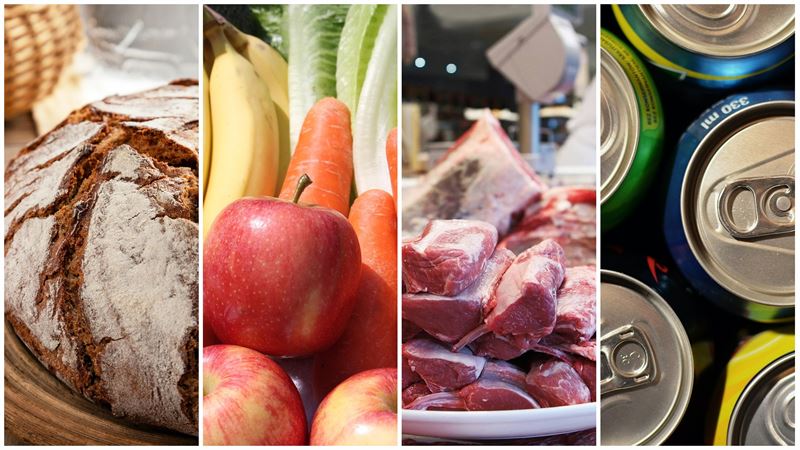A major milestone has been reached on HS2 with the first section of the 3.5-mile Bromford Tunnel linking Warwickshire and Birmingham now complete.
HS2's giant tunnelling machine Mary Ann broke through on 9 May 2025, marking the end of her mission to excavate the first bore of what will soon become the longest railway tunnel in the West Midlands. The 125-metre-long machine began constructing the 3.5-mile (5.8km) Bromford Tunnel, which starts at the Warwickshire village of Water Orton and extends to the north-east Birmingham suburb of Washwood Heath, in July 2023.
The TBM was named Mary Ann, by the local community, in a nod to the Warwickshire-born writer better known by her pen name George Eliot. The tunnel breakthrough – HS2's first in Birmingham - is a key milestone for the project, which will almost halve journey times between Britain's two largest cities.
This comes as construction work on the giant structures being built to carry HS2 hits a peak, with about 31,000 people now employed on the programme across the 140-mile route. Mark Wild, HS2 Ltd's chief executive, said: "Today's breakthrough is a significant milestone for the project and I'm immensely proud of the men and women who have worked day and night to bring Mary Ann and her crew home safely.
"Washwood Heath is set to become one of the most important sites on the entire HS2 network – the point at which the railway will be operated, controlled and maintained using the very latest digital technology. HS2's construction is transforming the West Midlands, and the £10bn investment boost it is already driving across the region will multiply in the years ahead.”
A 450-strong team working on behalf of HS2's construction partner, Balfour Beatty VINCI (BBV), worked for just under two years to complete the first section of the tunnel. The second bore is expected to be completed later this year by TBM Elizabeth.
Following the excavation, teams will begin fitting out the tunnel with cross passages, concrete finishing works and base slabs, and emergency and maintenance walkways. During the 22-month-long scheme, the team on board the 1,600-tonne machine worked at depths of up to 40 metres.
They navigated Mary Ann under the Park Hall Nature Reserve, the M6 motorway, and the River Tame – which they crossed four times - with a headspace as low as five metres. The Washwood Heath site, where Mary Ann broke through, will soon become the 'nerve centre' for HS2's operations.
Next to the tunnel portal, HS2's Depot and Network Integrated Control Centre will be built. From this site, trains will be serviced and stored, and the real time operation of the railway will be controlled. Mary Ann excavated about one million tonnes of spoil during the tunnel drive.
In line with HS2’s sustainability policy, the excavated earth is being reused to support construction of the nearby Delta Junction, a network of 13 viaducts that will enable high speed trains to travel between London, Interchange Station in Solihull and Birmingham Curzon Street Station. The precision-designed segments were manufactured at Balfour Beatty VINCI's pre-cast factory at Avonmouth near Bristol.
The TBM lined the tunnel walls with 20,797 individual segments, making 2,971 concrete rings to form the tunnel. Jules Arlaud, Balfour Beatty VINCI's tunnelling director, said: "Today's breakthrough is a significant moment for Balfour Beatty VINCI, as we celebrate the arrival of our first tunnel boring machine into Birmingham.
"It's been a challenging drive beneath critical live infrastructure and through complex ground conditions. I'm incredibly proud of our entire team, whose expertise, dedication and resilience has made this possible.
“This achievement follows years of design, planning and preparation from BBV, in close collaboration with HS2 and our partners. The team will now move onto the next phase of work inside and outside of the tunnel, while our second TBM, Elizabeth, continues to make great progress on the second drive.”

















